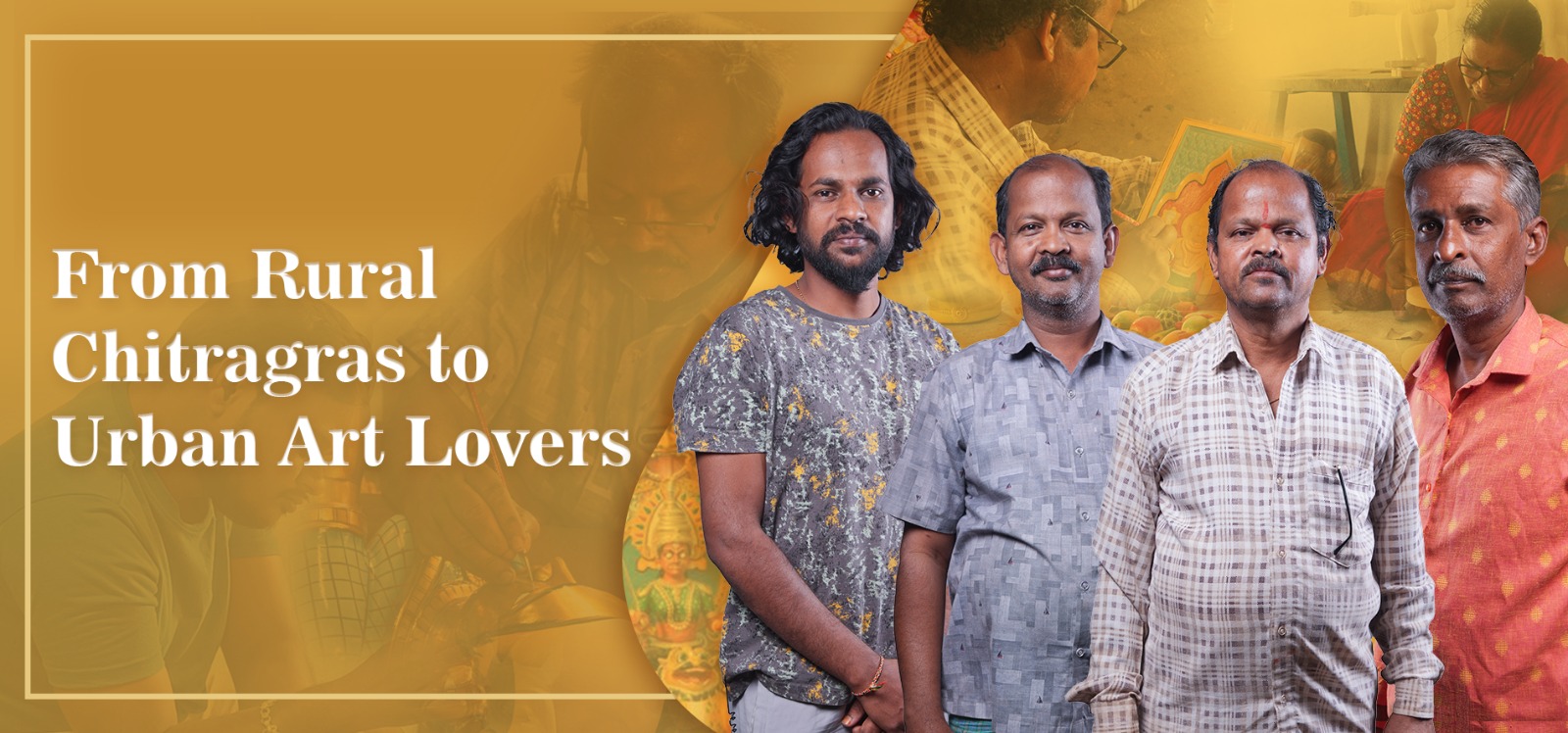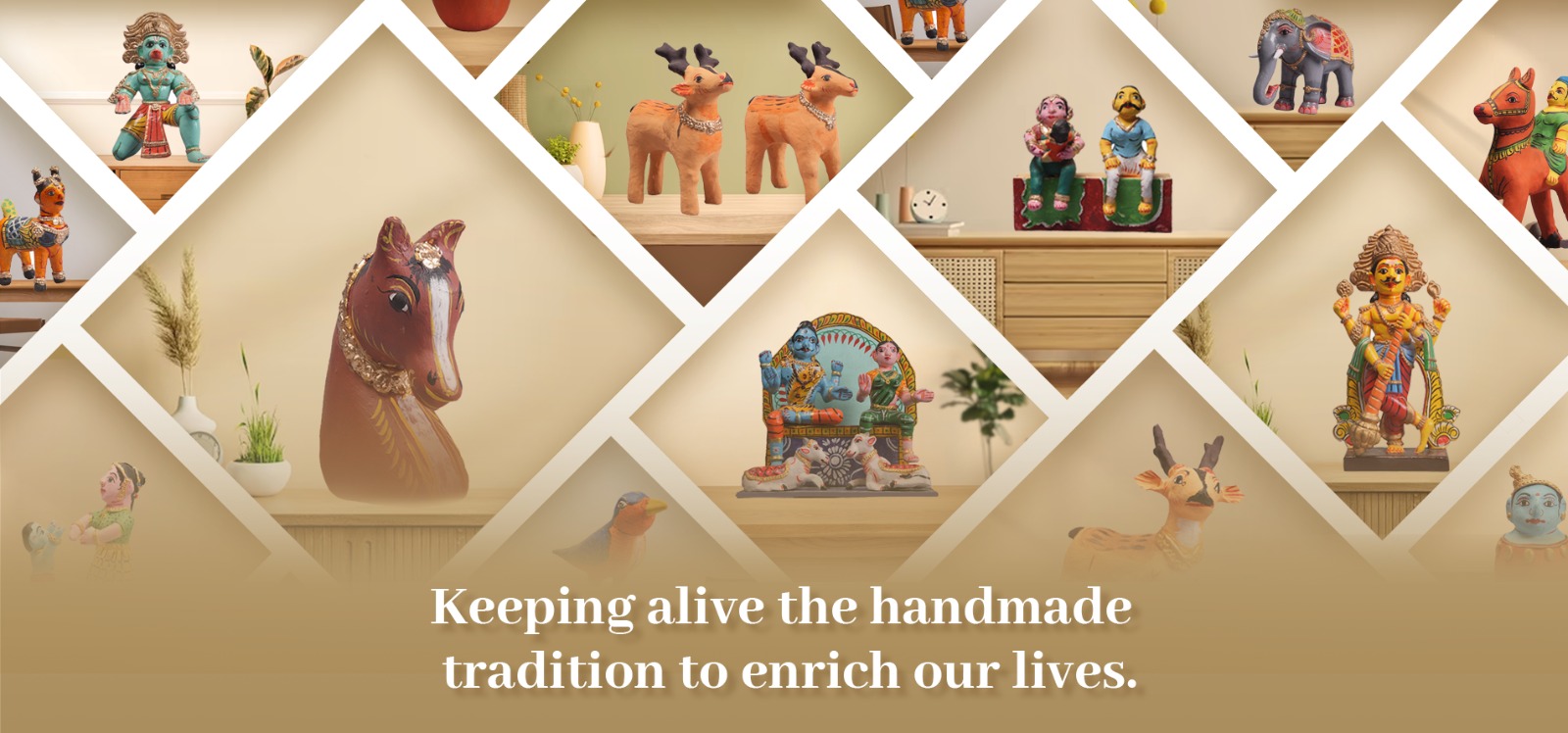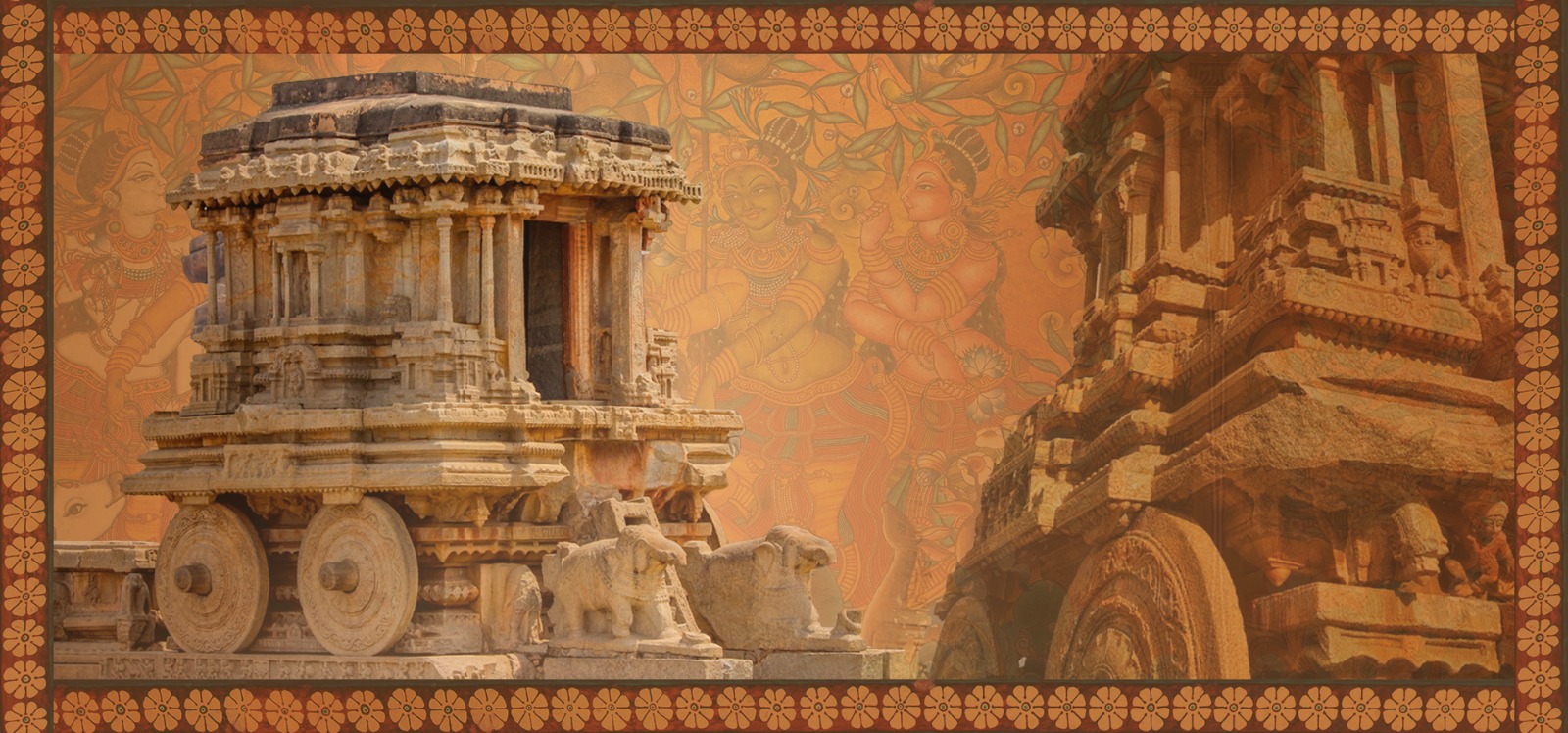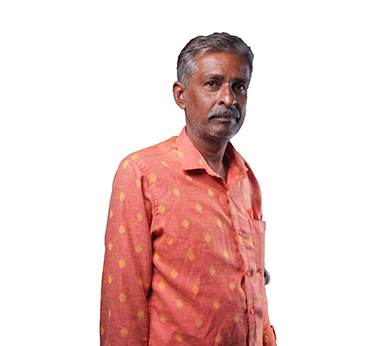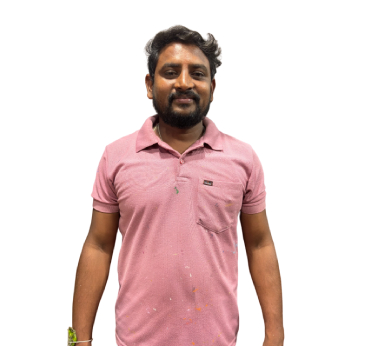Kinnal art form is a dying avocation with only 25 families in Kinhal village practicing the art of Kinnala. The lack of financial support, adequate training and economic viability is the reason that for the next generation of Kinnala artist families families looking for alternative reluctant to carry on this centuries’ old tradition.

